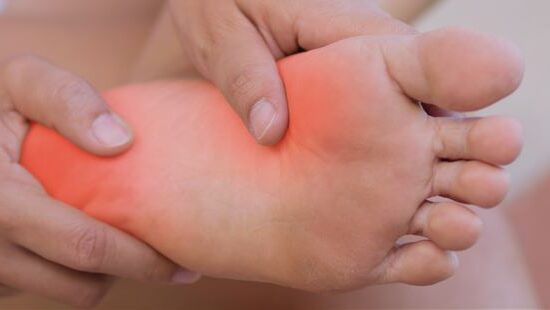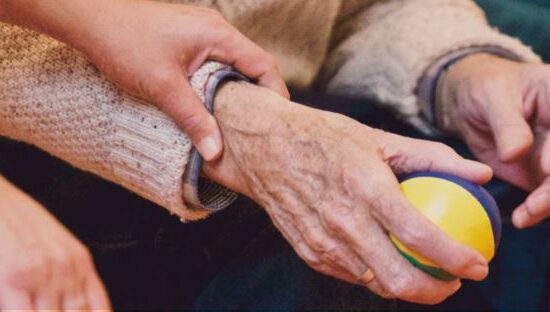What is Friedreich’s ataxia?
Friedreich’s ataxia (FA), the most frequent of the ataxias, is a hereditary neuromuscular disease of genetic origin. In general, it is triggered in adolescence. It is characterized by the appearance of neurological, bone and joint, and thoracic and abdominal organ disorders.
Where does it come from?
Friedreich’s ataxia comes from a genetic mutation. Its defect disrupts the normal production of a protein (frataxin), which prevents iron metabolism at the cellular level. This phenomenon causes damage to the nerve and muscle membranes, resulting in neurological and musculoskeletal disorders.
How can it be recognized?
The symptoms of Friedreich’s ataxia appear progressively. They include:
- Balance and movement coordination problems;
- Speech impairment;
- Loss of reflexes;
- Cavoid foot and curvature of the spine;
- Cardiac muscle diseases (cardiomyopathies);
- Shortness of breath;
- Diabetes mellitus.
Solutions supporting people with Friedreich’s ataxia
Take advantage of assistance to mobility and accessibility
A wide range of support products and services exist in several fields. They help improve the quality of life both of the patient and the natural caregivers. Many solutions for assistance in walking and mobility, residential adaptation or home help and comfort are available to support people with Friedreich’s ataxia. They seek to respond to patients’ lesser and greater needs for assistance, while providing them with comfort, independence and safety.








